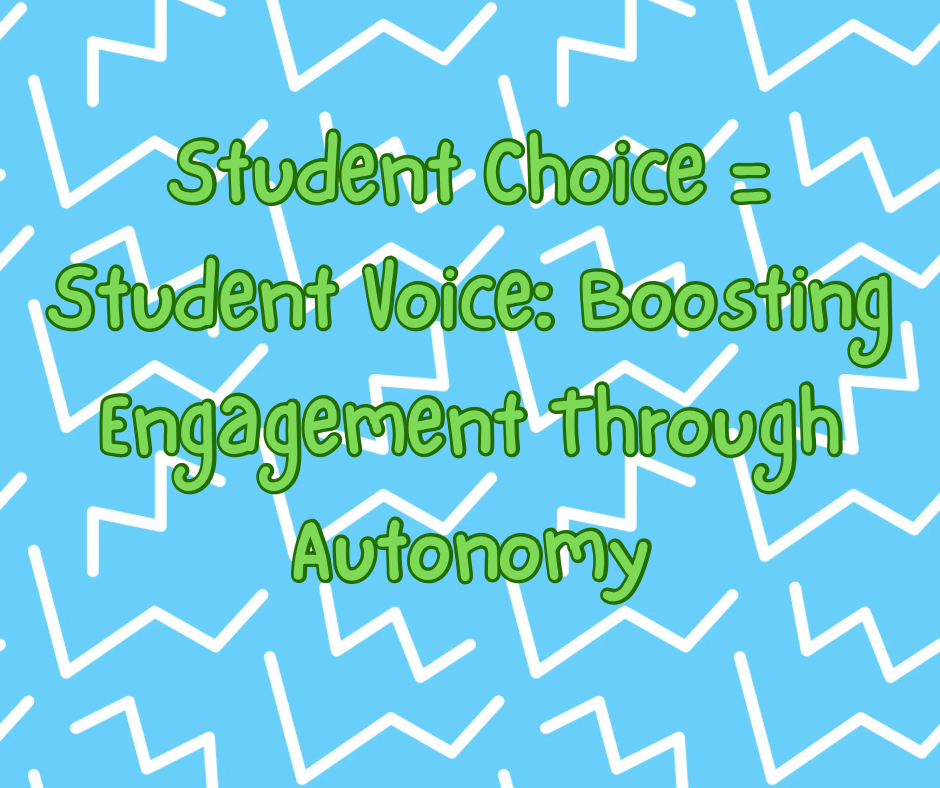
Making Review Weeks Meaningful: How to Teach Intentionally Before Breaks and During Catch-Up Weeks
Review weeks and the days leading up to a break can easily slip into “filler time,” especially when students are tired, excited, or out of routine. But these pockets of time are some of the most valuable instructional moments we have. They allow us to slow down, revisit essential skills, remediate gaps, and strengthen what students need most in order to move forward confidently.
When used intentionally, review weeks are not downtime. They are strategic learning windows.

Implementing Vocabulary as a System to Grow Comprehension
Vocabulary is more than just a list of words. It is the key to unlocking comprehension, engagement, and critical thinking. When students understand the language of a text, they are able to think deeper, make connections, and take ownership of their learning. That is why vocabulary should not be treated as an add-on activity. It should be a classroom system.

Tech Time: Using Padlet to Increase Student Engagement
Digital tools can either distract or empower. When used intentionally, they open doors for collaboration, creativity, and student voice. One of the most versatile tools teachers can use is Padlet. It’s simple enough for elementary classrooms and dynamic enough for middle and high school learners. More importantly, it’s a platform that puts engagement and interaction front and center.

Checking for Understanding: Building Capacity in the Classroom
Checking for understanding isn’t just about quizzes. It’s about building student capacity. Quick checks, exit tickets, and bell work don’t just give teachers data, they help students reflect, self-monitor, and take ownership of their learning.

Teacher Burnout is Real: How Boundaries Can Save You
Burnout isn’t just about being tired, it’s about feeling depleted, disconnected, and overwhelmed. For educators, this impacts not only our well-being but also the classroom communities we build. Burned-out teachers struggle to bring the energy, patience, and creativity that students deserve.
Boundaries are one of the most effective ways to protect ourselves from burnout. Setting limits doesn’t mean we care less. It means we care enough about our role, our students, and ourselves to make sure we can keep showing up fully.

Student Choice = Student Voice: Boosting Engagement Through Autonomy

Think-Pair-Share Done Right: Building Confident Collaborators
Think-Pair-Share is not just about talking. It’s about thinking, connecting, and growing. When done right, it becomes a foundational routine that supports collaboration, confidence, and classroom community. Whether you’re new to teaching or ten years in, this timeless tool is worth revisiting, refining, and elevating.
